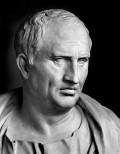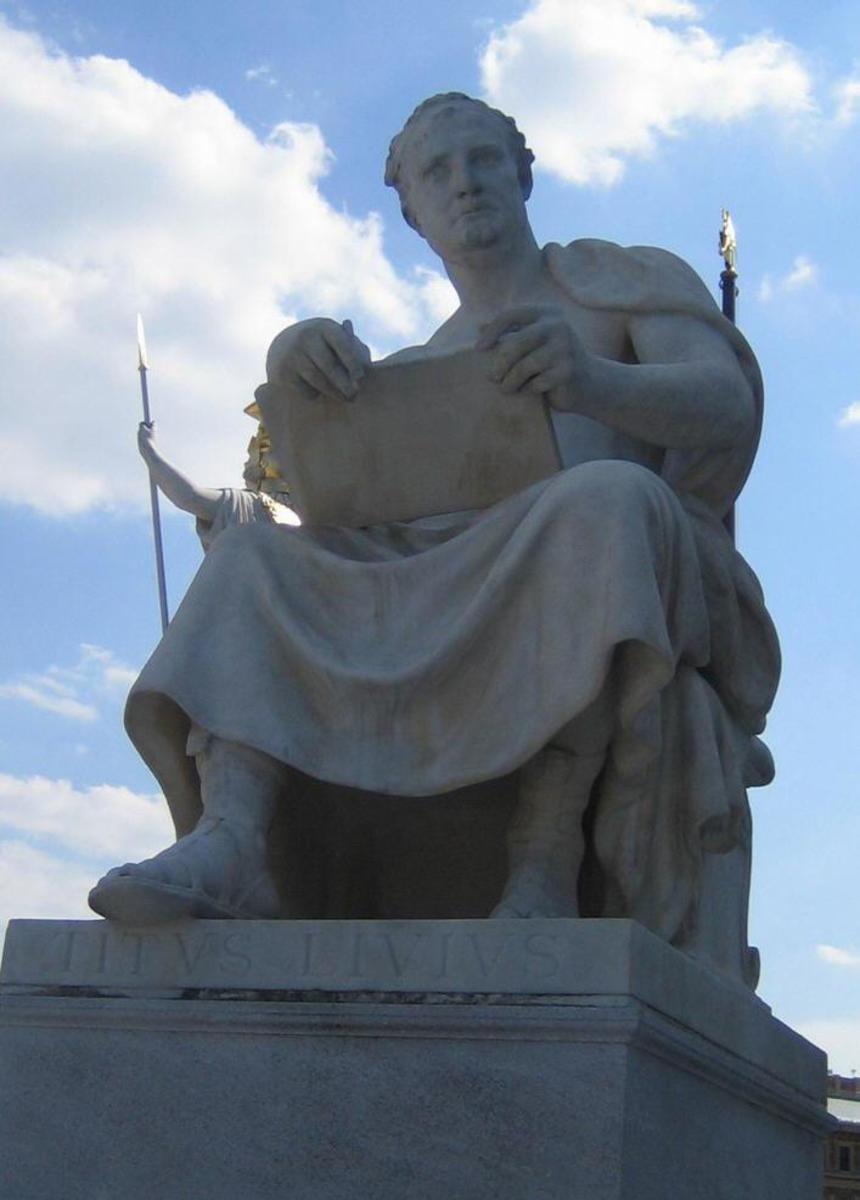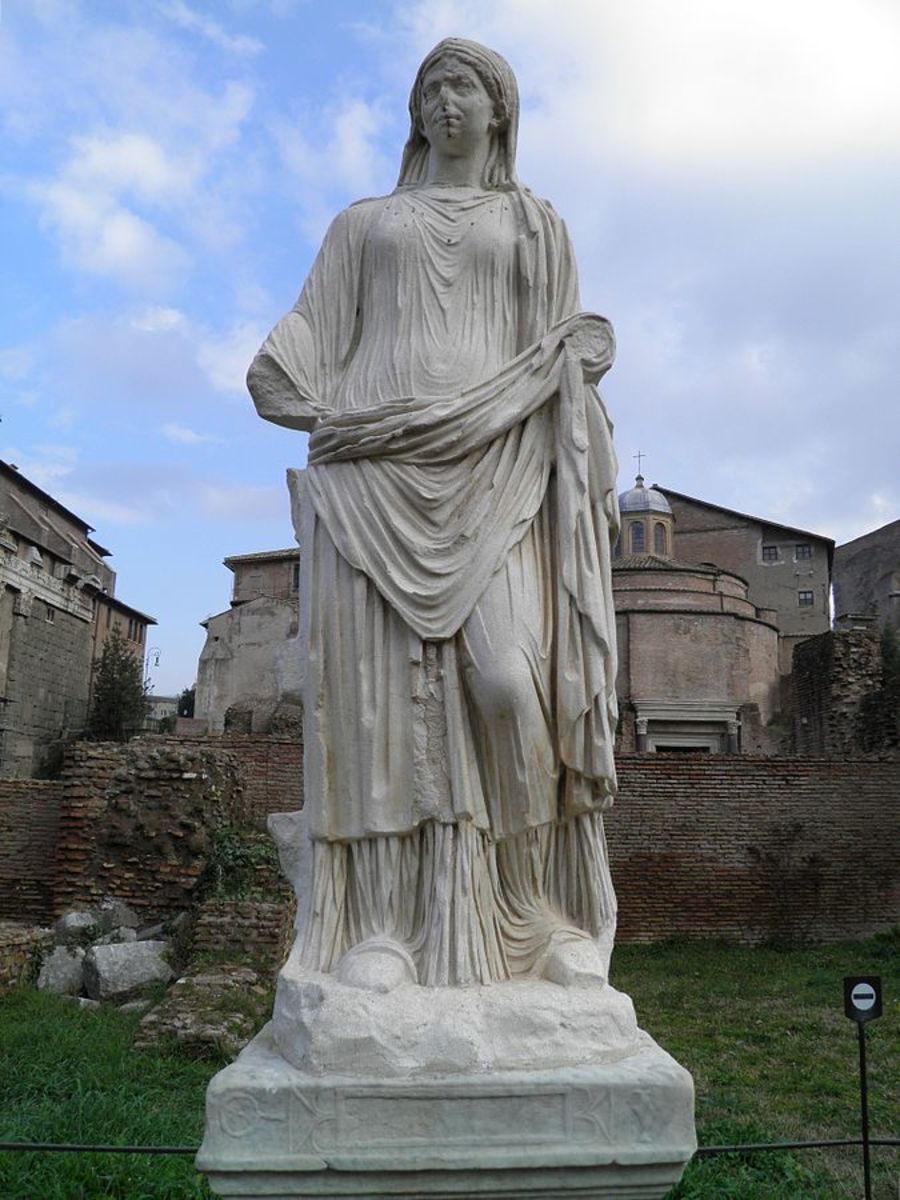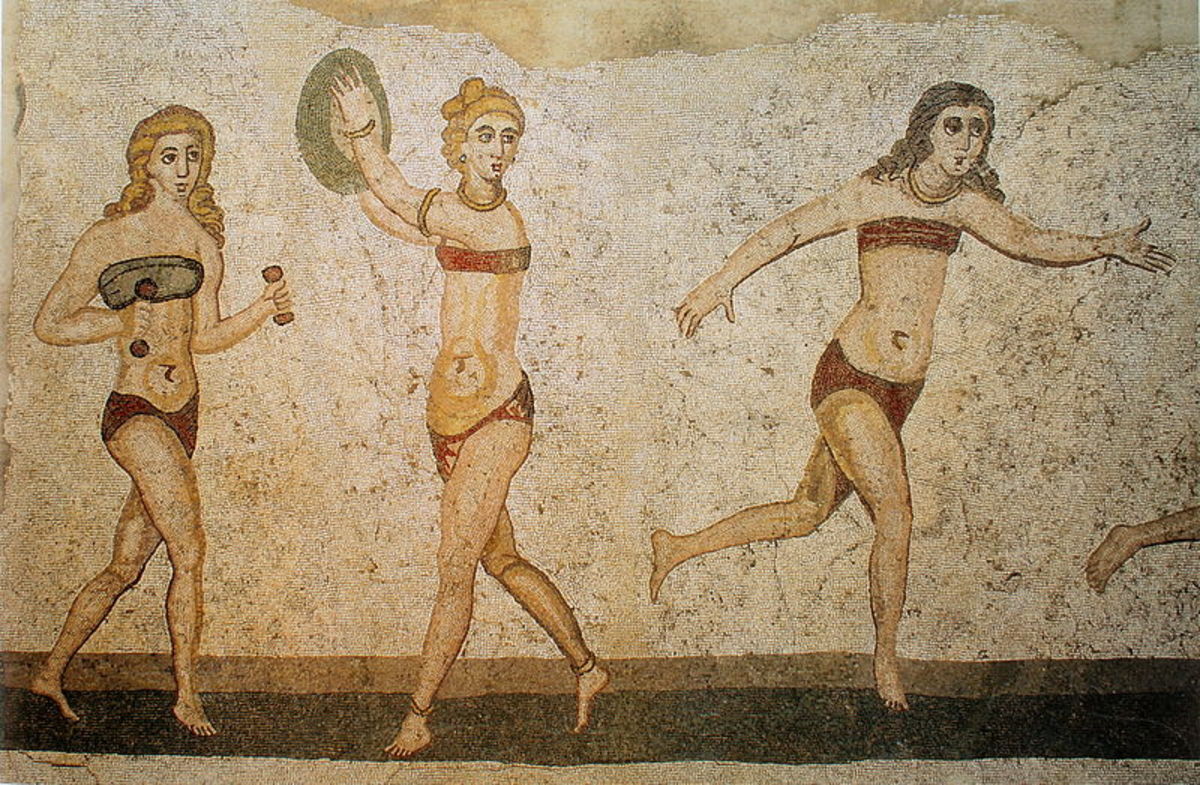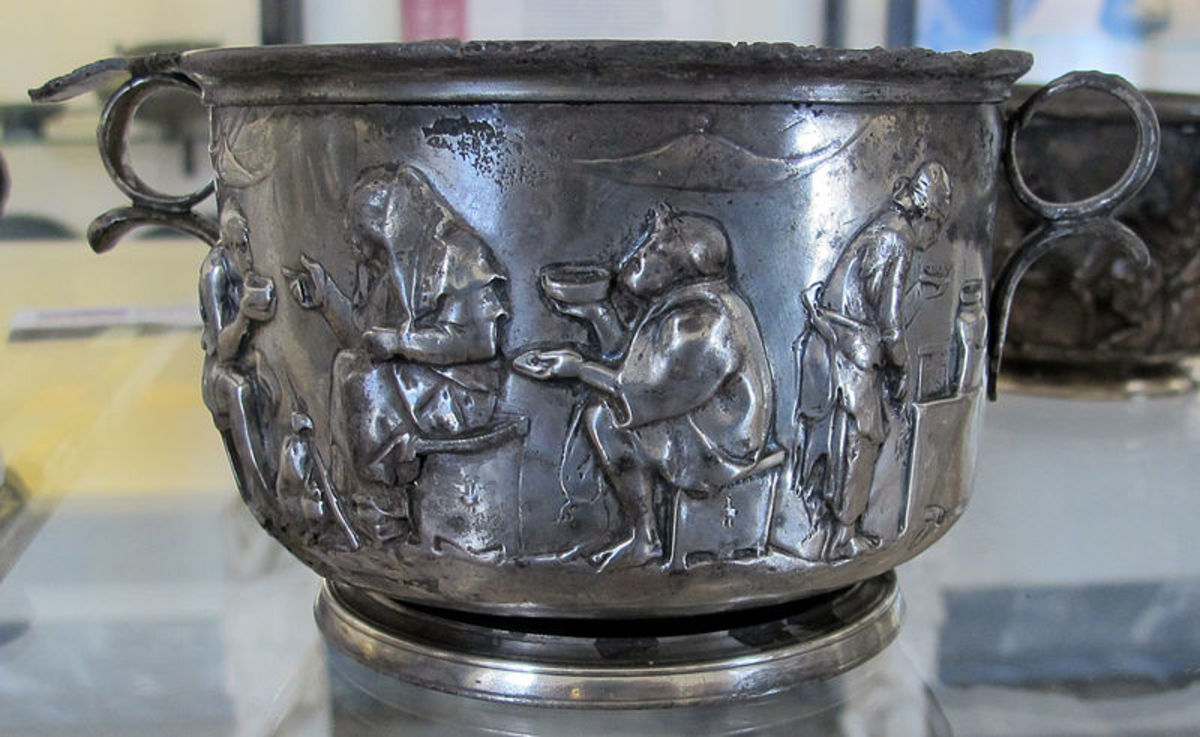- HubPages»
- Education and Science»
- History & Archaeology»
- Ancient History»
- Greek & Roman History
7 Comparisons and Contrasts of the Roman Republic and the United States Republic
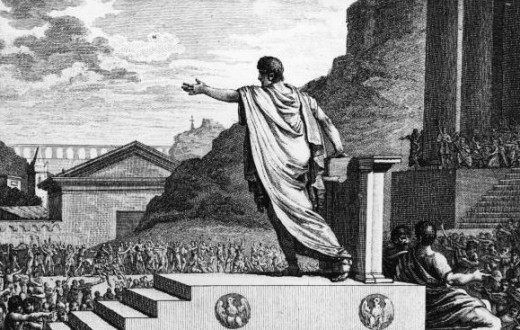
Comparisons
-
Both the founders of the U.S. Republic and the Roman Republic knew that man couldn’t be trusted with too much power, which led both to apply checks and balances to their governments.
-
Both nations overthrew a monarchy is order to establish a better type of government, a republic.
-
Both republics established three governing branches, though they differ a little.
-
The Roman Republic consisted of two types of people: patricians who dominated the Senate, controlled courts, and considered themselves above the rest, and plebeians who had few social privileges and practically no voice in the government. The plebeians would eventually improve their political and social standing and gain equal treatment. In my opinion, this can be compared in one of two ways. You could compare the patricians to males, and the plebeians females, or the patricians whites, and the plebeians blacks.
-
The Roman Republic had laws against intermarriage between patricians and plebeians which would eventually be repealed, just as the United States recently repealed the law against same-sex marriage.
-
The United States Republic allowed slavery for many years until it was abolished, setting blacks free. The Roman Republic allowed debtor slavery which isn't the exact same, but it too would eventually be abolished.
-
I don’t know specifically what the Law of the Twelve Tables, Rome’s governing written law, says, but I would assume that it is very similar to the U.S. Constitution. I say that because the U.S. Constitution was formed and written from the model of the Roman Republic. Many of the principles contained in the Constitution were taken from the Roman Republic
Contrasts
-
To explain their early history, the Romans developed a legend about how twin brothers Romulus and Remus came into being and founded Rome. Americans proudly state that our history starts when we rebelled against the British monarchy and started our own nation. We didn’t create legends to explain our early history.
-
The early Roman Republic relied on the individual family, mainly the father, to instill good values and morals into the children, while the United States Republic was founded on God and relied on the church to instill values and morals into the children.
-
The United States has one prominent leader, the president, but the Roman Republic had two “heads of state”, the two consuls. The two consuls shared equal power.
-
As i mentioned earlier, both republics consisted of three governing branches, but they differ a little. The Roman Republic’s branches were the consuls, the Senate, and the assemblies, but the United States Republic’s are the executive, the legislative, and the judicial. The consuls equal the executive, but Rome had the Senate and assemblies separate, while the United States’ legislative branch is a combination of the Senate and the House of Representatives (which is very similar to Rome’s assemblies).
-
Unlike the United States, Rome elected to give the two consuls the power of judging the land. The United States chose to have a separate branch of government dedicated to interpreting laws and judging the land, thus the judicial branch.
-
A big difference between the republics are the elected officials’ time in office. Rome’s two consuls only served a one-year term to prevent them from gaining too much power, while the United States’ president can serve either 4 or 8 years, depending on his re-election count. This U.S. system is a result of a precedent set by former president George Washington.
-
The last, and probably the biggest, contrast between the two republics is Rome’s decline into a dictatorship. For around 400 years Rome dominated the Mediterranean and thrived as a republic, but Roman expansion caused problems within the republic. These problems led to Rome becoming a dictatorship. Though the United States has only been independent from Britain for less than 250 years, I don’t see us ever declining to a dictatorship. Though we have our problems, a dictatorship is far from us.
Works Cited
Abrams, Carl, et al. "The Roman Republic." World History, vol. 3rd, BJU Press, 2007.
© 2017 Caleb Wilmoth



